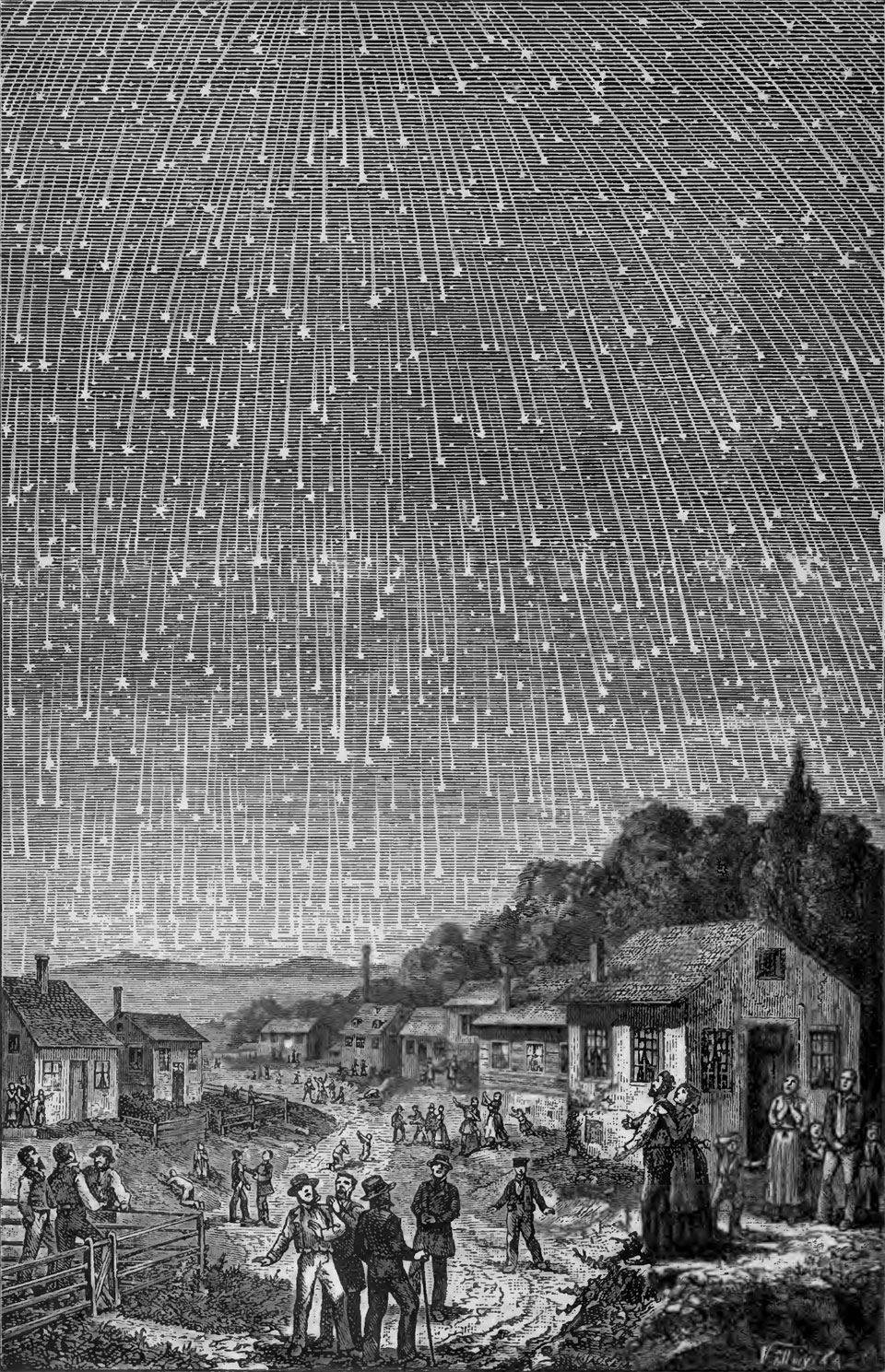
It was a night of 100,000 meteors. The Great Meteor Storm of 1833 was perhaps the most impressive meteor event in recent history. Best visible over eastern North America during the pre-dawn hours of November 13, many people -- including a young Abraham Lincoln -- were woken up to see the sky erupt in streaks and flashes. Hundreds of thousands of meteors blazed across the sky, seemingly pouring out of the constellation of the Lion (Leo). The featured image is a digitization of a wood engraving which itself was based on a painting from a first-person account. We know today that the Great Meteor Storm of 1833 was caused by the Earth moving through a dense part of the dust trail expelled from Comet Tempel-Tuttle. The Earth moves through this dust stream every November during the Leonid meteor shower. Later this week you might get a slight taste of the intensity of that 1833 meteor storm by witnessing the annual Geminid meteor shower.
from NASA https://ift.tt/9JhjgOi
Comments
Post a Comment